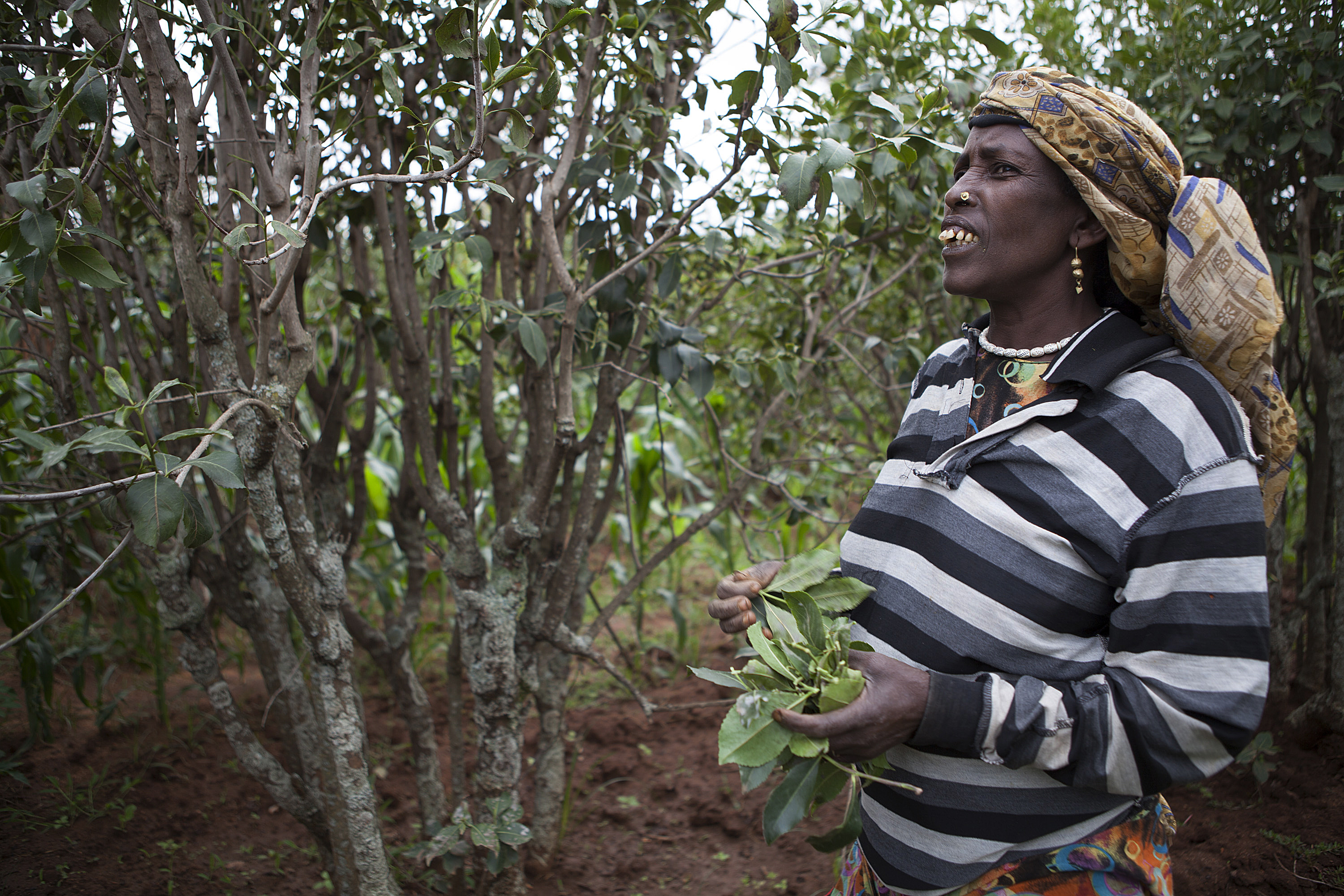Reports that upwards of 20 million people in sub-Saharan Africa are on the brink of famine provoke a terrible sense of déjà vu.
We hear news stories of this kind all too frequently. Since the start of the 21st century, the Western African nation of Mali has endured no less than five severe droughts, while the Horn of Africa experienced extreme food shortages in 2011 and 2012. As recently as last year, the El Nino weather pattern left more than 9 million people in Ethiopia and millions more in southern Africa in need of emergency food aid.
Since February, the World Food Programme and international humanitarian organizations have been mobilizing in South Sudan, Somalia and Nigeria, where the threat of famine and starvation once more hangs over the region’s most vulnerable people.
In a world that is glutted with food, it’s hard to countenance that millions can still die of hunger. This reality is a source of deep regret and sadness for those of us whose work is to combat such food shortages. It means that, collectively, we are failing in our mission.
The latest crises in South Sudan and Somalia may in part be blamed on civil war and on the effects of a changing climate. However, this does not account for the awful repetition of food shortages in the region. There must be something that we’re missing in our approach.
And perhaps that something is a global commitment to put African women at the heart of the continent’s food production.
The substantial body of research that has been undertaken in this area tells us that bridging the productivity differentials between male and female farmers would significantly increase agricultural output in Africa. Some put this figure at higher than 30 percent.
It is becoming imperative to allocate more financial, legislative and educational resources to women farmers – not just to avert famine and food shortages, but also because the proportion of women in the agricultural workforce has been growing across the developing world for decades, thus tending toward a feminization of agriculture.
Although women farmers now produce more than half of the world’s food, and roughly 1.6 billion women depend on agriculture for their livelihoods, they are often unable to benefit from agricultural support because of the institutional and cultural barriers they face, including lack of access to land, credit and education.
Worldwide, women receive just 5 percent of agriculture extension services, and, by some estimates, own less than 5 percent of land.
I was in Ethiopia recently and saw first hand the challenges that women face, particularly in rural areas. When I met with government officials, I met with men; when I visited farming cooperatives, I met with men. Yet, when I visited family farms, it was frequently the women and girls who were bent double in the fields.
This situation has started to change slowly in Ethiopia, but as is so often the case, that change and reform is happening even more slowly in rural areas. Aster Molammo is an exception. A voice of change in her local community, Molammo was one of the first women to be accepted into the Amacho Wato Farmers Cooperative, in Kembata region in southern Ethiopia, and she is now the vice-chair.
Although the Amacho Wato cooperative might be more progressive than others in relation to gender, the numbers still indicate that they have some distance to go to achieve parity. Just 35 of the 120 farmers represented are women, and of these, only 23 own their farms.
“I dream that someday there will be as many women attending these meetings as there are men,” Molammo told me. As a member of the cooperative, she has received training and technical support, and also has access to markets where she can sell her surplus produce.
Providing support to Africa’s women farmers is not a magic bullet that will ensure that famines and food emergencies will no longer happen in Africa. But for as long as women producers of food are receiving only a tiny fraction of all the available support, it seems almost inevitable that the agricultural systems on the continent will be dysfunctional.
Laws are being enacted, programs designed and measures taken by organizations – including my own, Self Help Africa – to channel increased resources to Africa’s women farmers. But in reality, we are still a long way from addressing this issue in a coherent way, and at the scale that is necessary.
Until we do, we will continue to read about extreme food shortages – and continue to see that it is women, and their children, who will bear the greatest brunt of these crises.
The views expressed in this article belong to the author and do not necessarily reflect those of Women & Girls.
